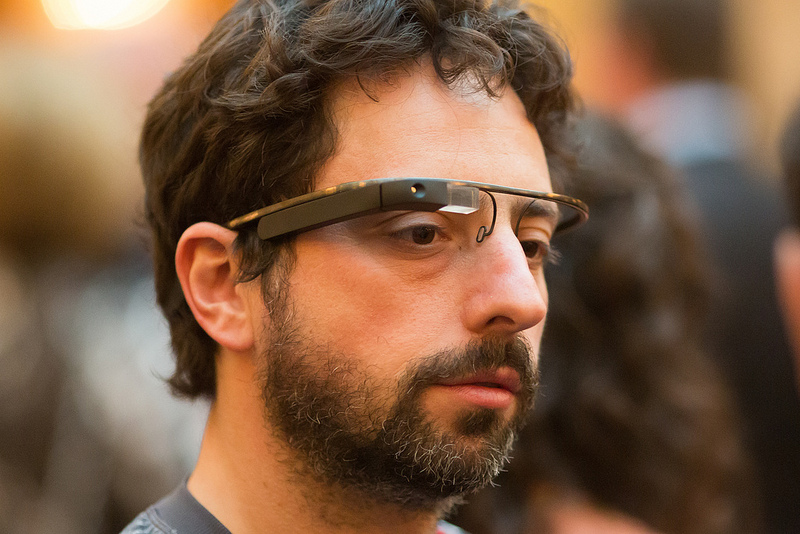Google Glass may in some form be the future, but what a huge fiasco it was annals of product development. The narrative within the Plex is that the uncool tool was introduced to the market too soon, before all the kinks had been worked out, but that’s blind to its bigger, existential problem: It was a Segway for your face.
As an Economist piece points out, however, a vision that’s not a winner in public parks may be one within the office park. One way or another, Augmented Reality will likely become a boon companion in the workplace. The opening:
AHEAD of its time or just plain weird? Whatever the answer, Google last year stopped selling consumer prototypes of its controversial Google Glass, a camera-equipped head-mounted display resembling a pair of spectacles. Using a process known as augmented reality (AR), Glass can display in the viewer’s line of sight information about what they are looking at, among other things.
What consumers found unusual, factories and other businesses may not. Workers are often required to wear odd-looking safety equipment, such as helmets and protective glasses. It is more normal to be filmed. And indeed, the workplace is where AR equipment is taking hold, which is why Google is revamping Glass with business uses in mind.
Engineers that work on and repair transformers that distribute electricity can spend up to half their time searching for technical data in assorted software, databases, activity logs and even old-fashioned filing cabinets, says Alain Dedieu, a vice-president in the Shanghai operations of Schneider Electric. The French multinational is now testing AR systems that make the technical information that is being sought appear before their engineers’ eyes.•

